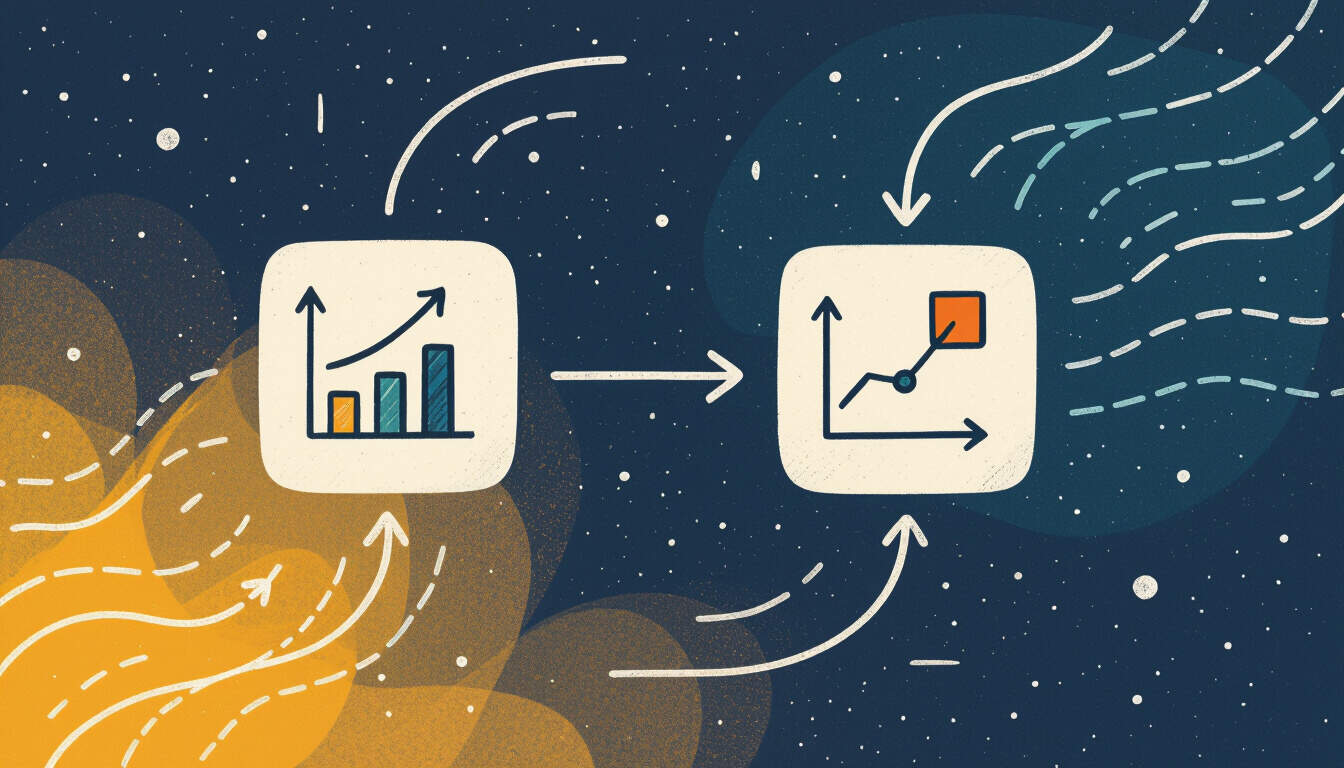Effective Webhooks Implementation for Solo SaaS
 by Thaddeus Blanda
by Thaddeus Blanda
Webhooks enable real-time data exchange in solo SaaS setups, helping developers handle events efficiently. This guide covers key steps and examples for seamless integration, improving application performance without complex setups.

Webhooks serve as a key tool for solo SaaS developers looking to create responsive applications. They allow systems to send automatic notifications when specific events occur. For instance, a user signup might trigger an immediate update in another service.
The Basics of Webhooks
Webhooks function by sending HTTP requests from one application to another. This setup helps in keeping data current across platforms. In solo SaaS projects, webhooks help manage interactions without constant polling.
Consider a simple example: an e-commerce app that needs to update inventory levels. When a sale happens, the app sends a webhook to notify the inventory system. This approach ensures timely updates and reduces latency issues.
Planning Your Implementation
Before coding, outline the events that will trigger webhooks. Identify which actions in your SaaS app require external notifications. For example, payment processing or user authentication might need real-time alerts.
Start by selecting a reliable endpoint. This is the URL where data will be posted. Ensure it is secure and can handle incoming requests. Testing tools like Postman can simulate these interactions early in the process.
Step-by-Step Guide to Setting Up Webhooks
First, define the payload structure. This includes the data sent in the webhook, such as event type and relevant details. Keep it straightforward to avoid errors.
Next, set up the server to receive webhooks. Use frameworks like Express for Node.js or Flask for Python. Here's a basic outline:
- Create a new route in your application to handle incoming POST requests.
- Validate the request to confirm it comes from a trusted source.
- Process the data and update your system accordingly.
- Send a response back to acknowledge receipt.
For security, always include verification mechanisms. Use signatures or tokens to prevent unauthorized access. This step is crucial in solo SaaS environments where resources are limited.
Handling Common Challenges
One frequent issue is failed deliveries. If a webhook doesn't reach its destination, implement retries. Set a mechanism to attempt resending after a short delay.
Error logging is another important aspect. Track any failures and review them periodically. This practice helps in maintaining reliability over time.
In a real-world scenario, a solo developer building a subscription service might use webhooks to sync user data with a CRM tool. Upon subscription renewal, the app sends a notification, ensuring accurate records without manual intervention.
Best Practices for Solo Developers
Focus on scalability from the start. Even in small projects, design your webhook system to handle increased traffic as your SaaS grows.
Use asynchronous processing where possible. This prevents your main application from slowing down during webhook handling. For example, queue the tasks and process them in the background.
Documentation is essential. Keep clear notes on your webhook endpoints and expected payloads. This aids in future maintenance and integration.
Testing is key to success. Regularly test your setup with sample events. Tools like webhook simulators can mimic real conditions, helping you catch issues early.
Integrating with Other Services
Many SaaS tools offer built-in webhook support. For instance, connect your app to payment gateways for instant transaction updates. This integration streamlines operations and enhances user experience.
In practice, a developer might link their app to an email service. When a user action occurs, a webhook triggers an email notification, keeping users informed without delays.
Measuring Success
After implementation, monitor performance metrics. Track delivery rates and response times to gauge effectiveness. Adjust based on data to optimize your system.
For solo entrepreneurs, this means more efficient workflows and better resource use. Over time, effective webhook use can lead to improved customer satisfaction.
In summary, implementing webhooks in solo SaaS architecture offers practical benefits for developers. By following these steps and examples, you can build a more dynamic and responsive application.
